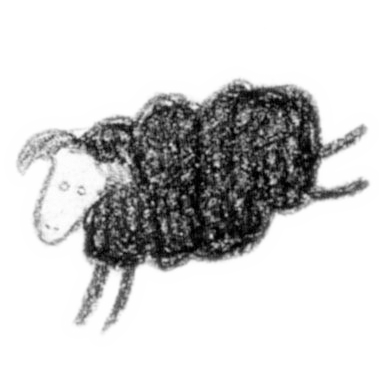One of the common "factoids" about the thylacine that just will not die (hahahaHAHAHA) is about their diet – specifically, that they were sanguivores (blood-drinkers).
That’s right, my fellow Children of the Night, we’re going to talk about myth of the #vampire #thylacine 1/12
That’s right, my fellow Children of the Night, we’re going to talk about myth of the #vampire #thylacine 1/12
There have been lots of odd interpretations of the thylacine’s diet over the decades. This is in large part because there weren't any good behavioural observations at the time, especially not in the wild 2/12
The initial “official” description by Harris (1808) mentions the remains of a short-beaked echidna – so for decades after, you could find documents suggesting that thylacines were echidna-specialists.
A sample size of 1 is all you needed back then, apparently… 3/12
A sample size of 1 is all you needed back then, apparently… 3/12
Another surprisingly long-lasting idea was that the thylacine was a specialist fish-eater – like a marsupial version of an otter. No, stop laughing… seriously. 4/12
Part of Harris’ description of the thylacine in that initial paper (“…caudâ compress subtus lateribusque nudâ.”) translates to “…tail compressed, underside naked”. This lead many subsequent authors to assume a flattened tail for aquatic propulsion. 5/12
This lead to >century of literature stating that the thylacine was a coastal or marine predator. Even the greats Geoffroy Saint-Hilaire (1810), Cuvier (1827), and Temminck (1838) stated that the thylacine hunts ‘fish, platypus and crabs’, all without any actual evidence. 6/12
The idea of the thylacine as a marine predator persisted well through the 20th Century, to as late as Roedelberger (1967). All this in spite of the fact that Gunn strongly refuted any such nonsense way back in 1838. 7/12
By at least the early 20th Century, though, this idea was cast aside for the New and Improved idea of the thylacine as a vampiric creature of the night.
The thylacine had been seen as a source of dread and fear for decades, and this was just the end result. 8/12
The thylacine had been seen as a source of dread and fear for decades, and this was just the end result. 8/12
Despite no adaptations suggesting it, it was believed that the thylacine “will only suck the blood” of its prey (Lord, 1927), and that it was “primarily a blood feeder, sucking blood from the severed jugular vein of its kill “ (Gunn, 1958). 9/12
As wacky as this sounds, this idea of the Vampire Thylacine was still being put out in printed material from major Australian museums as late as the 1980s! (institutions redacted so maybe they will still hire me) 10/12
And, true to the undead nature of the subject, echoes of the Vampire are still seen in scientific literature today (Janis et al., 2020). 11/12

 Read on Twitter
Read on Twitter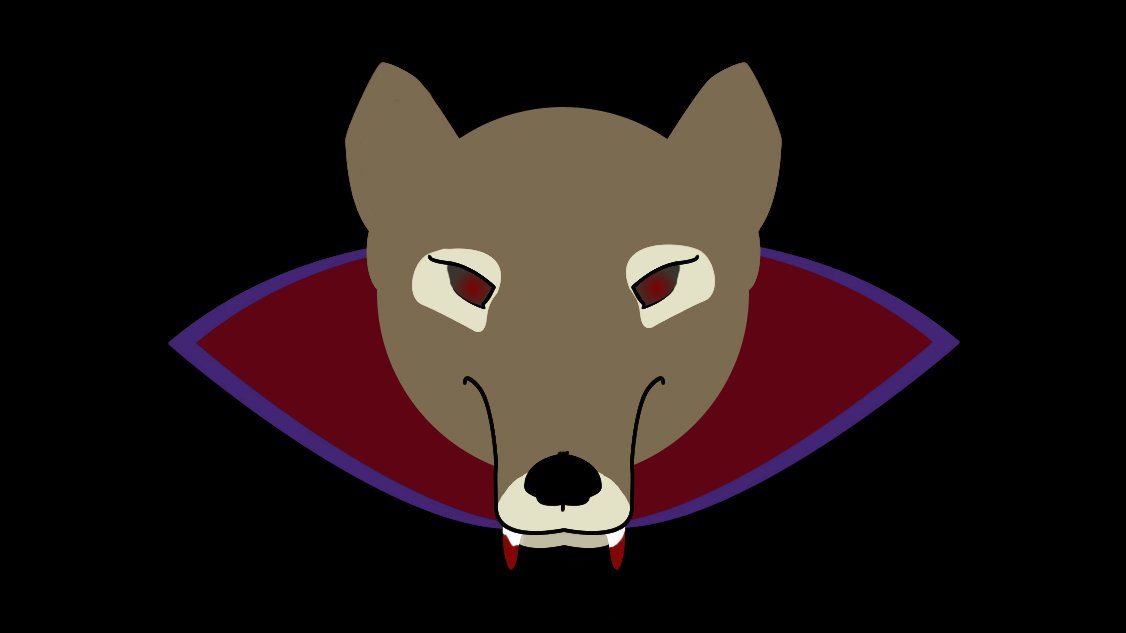
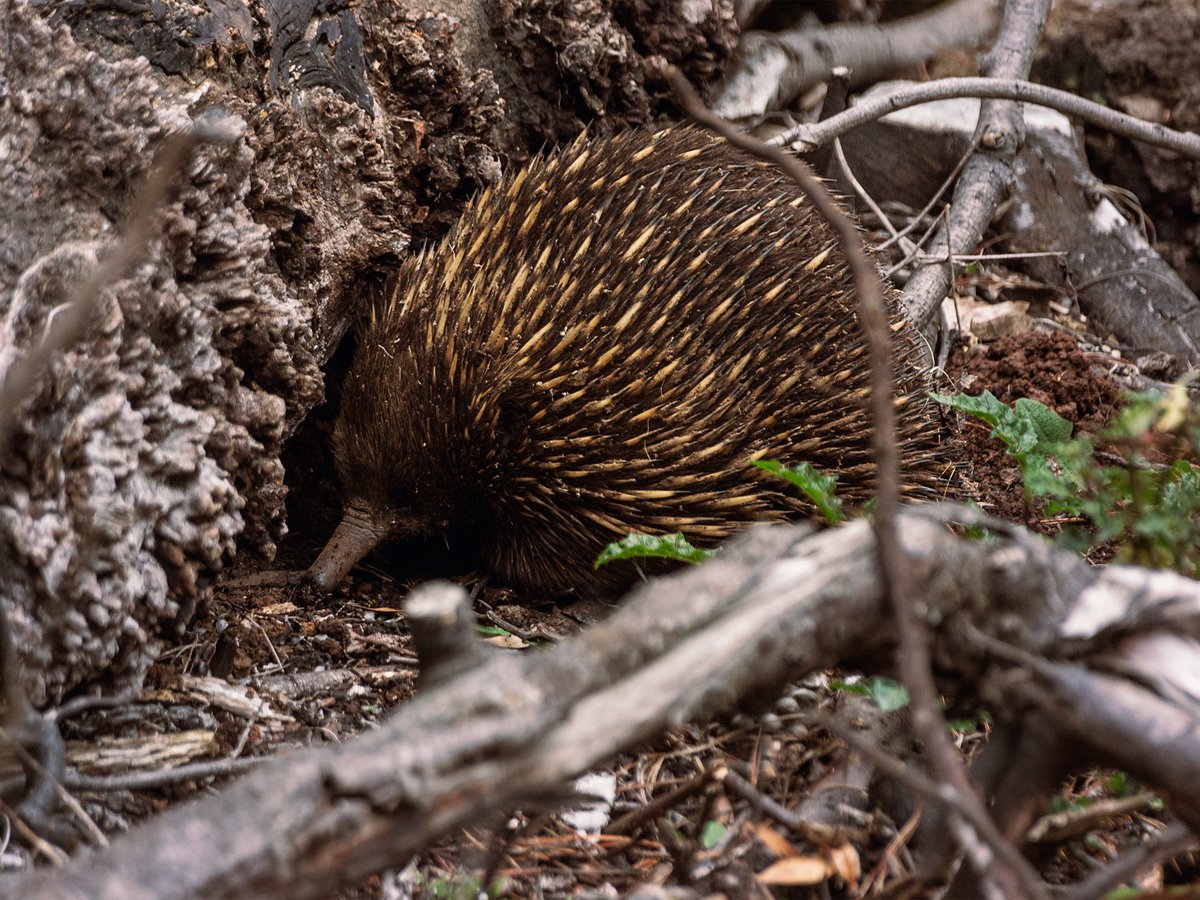
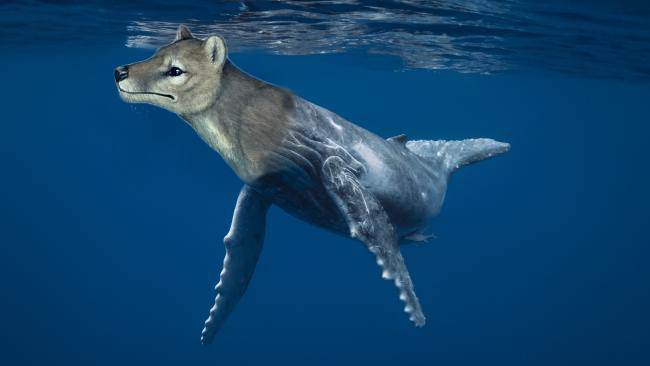

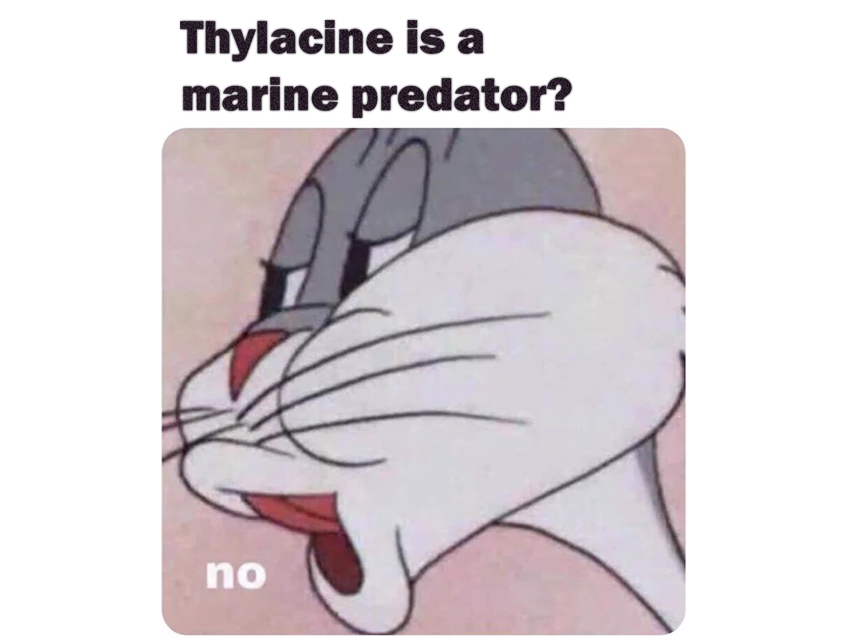
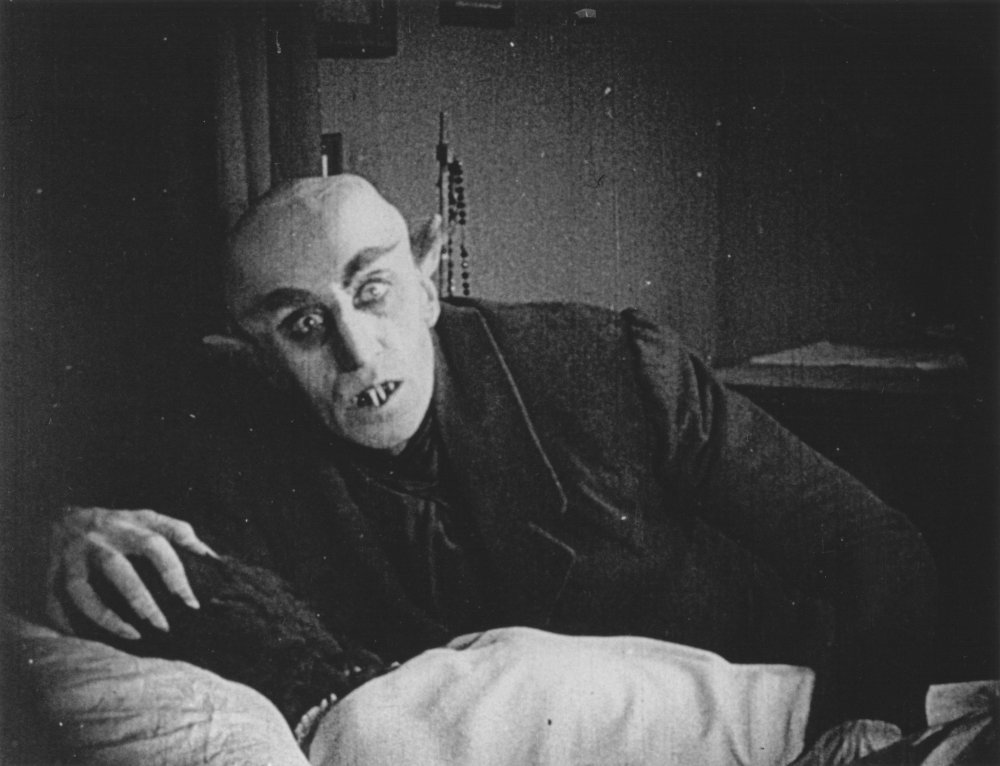
 12/12
12/12
